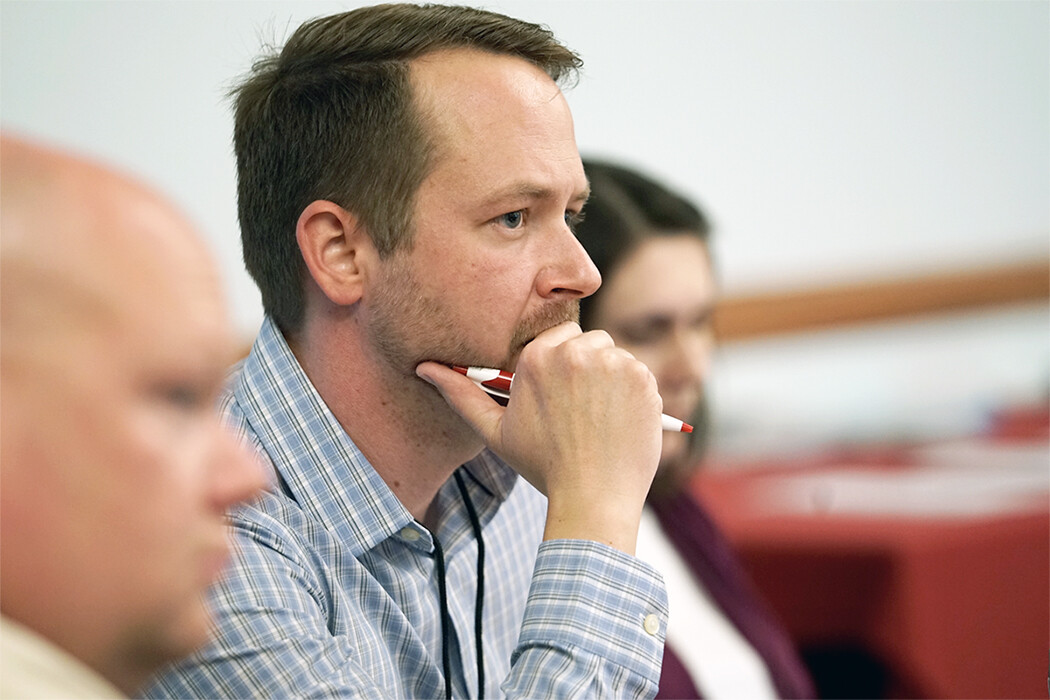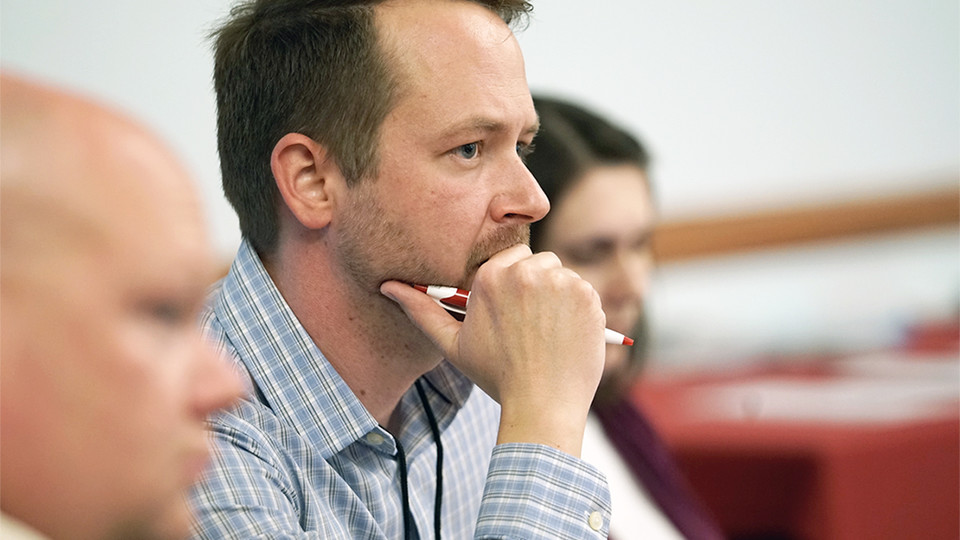
City planning experts from 13 cities across the Midwest recently gathered to talk climate: extremes, variabilities, thresholds, risks and how they should utilize the information.
The two-day workshop brought together experts from the High Plains Regional Climate Center, the Nebraska State Climate Office and the Public Policy Center, all based at the University of Nebraska-Lincoln. The workshop is part of a two-year project, co-led by Natalie Umphlett, interim director for the climate center, and Martha Shulski, Nebraska State Climatologist, to incorporate climate information into long-term municipal planning strategies for cities in Iowa, Kansas, Missouri and Nebraska.
A common thread from participants was the difficulty in getting climate change projections included in future planning projects. To justify long-term projects, local officials and engineers need hard data on climate trends, which is what this project intends to deliver.
“The goal is to bring together the scientists and stakeholders so that useful climate information is presented in a meaningful way, and ultimately reduces risk of municipalities across the region to future weather and climate events,” Shulski said.
During the workshop, each of the 13 participating cities – which included Lincoln, Grand Island and McCook – received a personalized climate adaptation report that included historical trends for temperature, precipitation and general climate, as well as projections for 50 years into the future.
For example, historical data shows Lincoln has warmed an average of 2 degrees during the last 44 years. It also shows a 5 percent increase in annual precipitation, though spring and autumn have been drier, and summer and winter have been much wetter. Projections show those trends will continue.
“Locations across the four-state region already experience a wide range of weather and climate conditions,” Umphlett said. “However, for some areas of the region, changes in the frequency of extremes, such as heavy rainfall events, have made those cities more prone to certain hazards.”
Projected changes have implications for public planning, utilities, city budgets and public health.
“The minimum we have to do is make sure people are aware what we have today may not be the same tomorrow,” said Glenn Johnson, of the Lower Platte South Natural Resources District. “We can’t change the protection level (of floodplain projects), but we can inform the public.”
Planners also have to keep city councils and engineers informed with the latest numbers and to help shape future decisions, participants said.
“The only way to implement change is to get support,” said Nate Schnieder, city planner for McCook. “It’s easier to show the facts and to use those facts as a frame of reference.”
Swaying cities to plan further than five to 10 years into the future will be the challenge, participants agreed. But, with the adaptation plans in hand, they felt they had a useful tool available to help sway decisions on everything from waterways to building codes to snow removal.
Now, researchers at the Nebraska State Climate Office and High Plains Regional Climate Center are analyzing information collected through the workshops and using it to develop tools for cities to use for planning purposes. The ultimate goal is to create a suite of online tools that provide up-to-date projections.
This is the second such project conducted by Umphlett and Shulski in the Midwest. The first provided city-specific climate projections for planning purposes to Lincoln; Iowa City, Iowa; Columbia, Missouri; Lawrence, Kansas; and Oklahoma City, Oklahoma. This project targeted smaller cities in the same four-state region and also is funded by the National Oceanic and Atmospheric Administration Climate Program Office Sectoral Applications Research Program.
It will conclude with an evaluation by Nebraska’s Bureau of Sociological Research that will help the climate centers and policy institute shape templates that additional municipalities can use as a guide to planning for climate issues.








